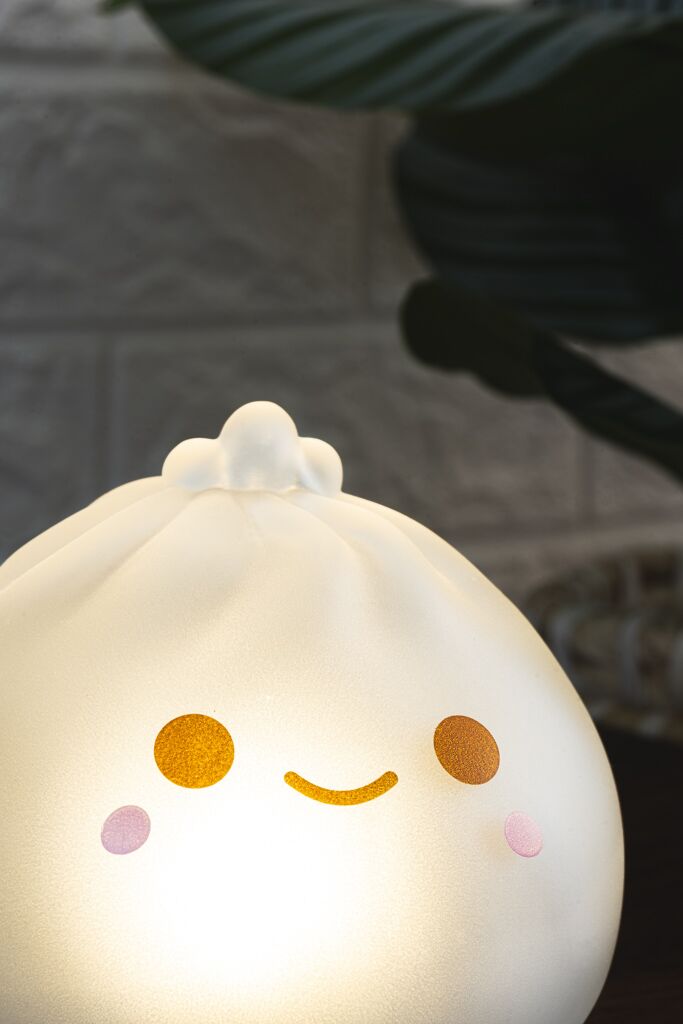
His system lacked a storage method until James Watt Junior adapted a Lavoisier gazomètre for this purpose. He joined Boulton and Watt, at the Soho manufactory in Birmingham in 1777, and in 1792 he built a retort to heat coal to produce the gas that illuminated his home and office in Redruth. Many people experimented with coal distillation to produce a flammable gas, including Jean Tardin (1618), Clayton (1684) Jean-Pierre Minckelers, Leuven (1785) and Pickel (D)(1786). Digging up streets to lay pipes required easements, and this delayed both further installation of street lighting, and the installation of gas for domestic illumination, heating and cooking.

The credit for this installation goes to the German inventor and entrepreneur Frederick Albert Winsor. The first public piped gas supply was to thirteen gas lamps installed along the length of Pall Mall, London, in 1807. Coal gas was first used for municipal lighting, the gas being passed through wooden or metal pipes from the retort to the lantern. The spelling "gas holder" is used by the BBC, among other institutions, but the variant "gasholder" is more commonly used.Ī two-lift braced column-supported gas holder in West Ham, East Londonīefore the mid-20th century coal gas was produced in retorts by heating coal in the absence of air, the process being known as coal gasification. However, the term "gasometer" is still discouraged for use in technical circles, where "gas holder" is preferred. Gas holders were marked as gasometers on the large-scale maps issued by the British Ordnance Survey and term came to be used to label gas works, even though there may be several gas holders at any one gas works. Murdoch's associates objected that his "gasometer" was not a meter but a container, but the name was retained and came into general use. The anglicisation "gasometer" was adopted by William Murdoch, the inventor of gas lighting, in 1782, as the name for his gas holders. Watt then adapted the gazomètre for coal gas storage. James Watt Junior collaborated with Thomas Beddoes in constructing the pneumatic apparatus, a shortlived piece of medical equipment that incorporated a gazomètre.

He published his Traité Élémentaire de Chimie in 1789. It enabled him to weigh the gas in a pneumatic trough with the precision he required. You can also check out other adorable light designs from the seller here.Antoine Lavoisier devised the first gas holder, which he called a gazomètre, to assist his work in pneumatic chemistry. Get your cute night lamp here from Smoko for $16. Along with an on/off button underneath, Little B also comes with a one-hour auto shut off feature, just in case you forget to switch him off. To light him up, you will need 3 AAA batteries. He’s bound to make your day every time you look at him!

His cute smiling face will surely bring on a joyful feeling, and unjudgemental as he watches you enjoying your guilty pleasure. Even better, Little Bao is made from a soft silicone material, replicating that soft and squishy feeling that a real bao has. He’s 4 inches wide and is filled with warm light that provides you a soothing and cozy glow. Little B is slightly bigger than your average dumpling, but small enough to fit into your palms.

Well, worry no more because this little guy is the perfect partner you never knew you needed! Meet Lil B, a Xiao Long Bao (soup dumpling) and an adorable lamp that will keep you company at night. It can get lonely sometimes binging Netflix alone at 3 a.m.


 0 kommentar(er)
0 kommentar(er)
